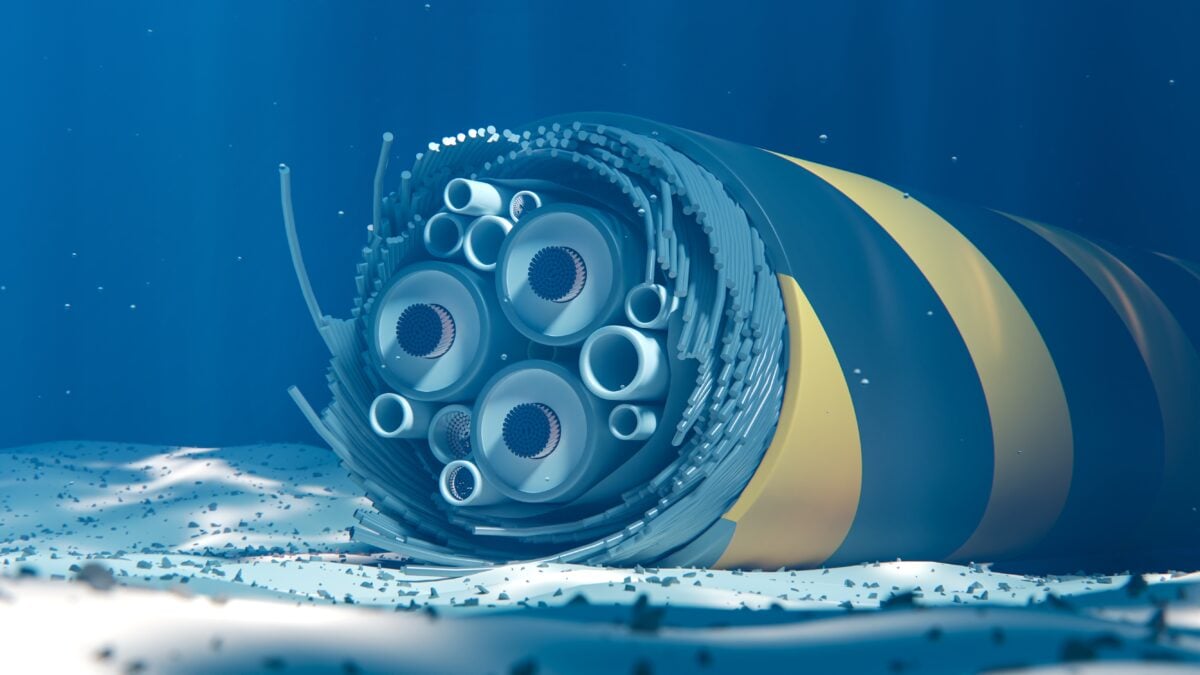TLDRs;
- SoftBank, Meta, and partners are building an 8,000 km subsea cable system called Candle, set for 2028 launch.
- The project connects Japan, Taiwan, Philippines, Indonesia, Malaysia, and Singapore, with NEC as the system supplier.
- Candle’s 24 fiber pairs will boost bandwidth and reduce latency, strengthening Asia’s digital backbone and resilience.
- Rising demand and geopolitical tensions make secure submarine cable systems like Candle increasingly vital for global connectivity.
SoftBank, Meta, and several regional partners have unveiled plans to construct a new submarine cable system known as “Candle,” a project designed to strengthen Asia’s internet infrastructure.
Spanning approximately 8,000 kilometers, the system will link Japan, Taiwan, the Philippines, Indonesia, Malaysia, and Singapore. Operations are targeted to begin in 2028, marking another milestone in the race to expand digital connectivity across one of the world’s fastest-growing internet markets.
The project is backed by SoftBank, IPS, TM Technology Services with NEC appointed as the system supplier.
Japan as a Strategic Landing Point
SoftBank will play a crucial role by providing its Maruyama Landing Station in Minamiboso City, Chiba Prefecture. Additionally, the company is advancing construction of two more landing stations in Tomakomai City, Hokkaido, and Itoshima City, Fukuoka Prefecture.
These facilities will not only handle Candle’s traffic but also reinforce network redundancy, ensuring that outages or disruptions in one location do not destabilize the broader system.
“With the rapid advancement of generative AI and the Internet of Things (IoT), the demand for international telecommunications is expected to continue accelerating.” Kimimasa Kudo, Softbank Corp’s Vice President said. “Candle adopts a 24 fiber pair architecture, making it one of the core foundations of next-generation social infrastructure that SoftBank is promoting”
This isn’t SoftBank’s first foray into submarine cable development. The telecom giant has previously joined international projects like JUPITER, ADC, and the in-progress E2A cable, reflecting its growing influence in global digital infrastructure. By investing in Candle, SoftBank continues to solidify its strategic position as a key player connecting Asia to the wider world.
Rising Demand and Security Concerns
The timing of Candle’s announcement is significant. Global data consumption continues to soar, driven by video streaming, cloud services, and artificial intelligence workloads. Over 95% of international data already travels through submarine cables, which collectively enable trillions of dollars in financial transactions daily.
Expanding capacity in Asia is critical, as the region’s population and digital adoption rates outpace many other parts of the world.
At the same time, security issues have come into sharper focus. Earlier this year, the U.S. Federal Communications Commission (FCC) proposed banning the use of Chinese technology in undersea cable projects, citing national security risks. Undersea systems have long been vulnerable to accidental damage from fishing and shipping activities, but recent incidents in the Baltic and Red Seas have raised concerns about deliberate sabotage.
With geopolitical tensions rising, submarine cables are no longer viewed purely as infrastructure, they are increasingly regarded as strategic assets.
Candle’s Role in Asia’s Digital Future
Notably, by the time Candle is completed in 2028, it will be one of the most advanced subsea cable systems in the region. Its expanded fiber capacity is expected to serve not only consumers but also enterprises requiring reliable cloud access and governments pushing for digital transformation.
Industry analysts suggest that projects like Candle highlight a growing trend: telecom operators, global tech giants, and regional carriers joining forces to create resilient and secure infrastructure. With Meta’s involvement, the project also underscores how big tech companies are investing directly in internet backbones to support their platforms’ enormous data needs.






